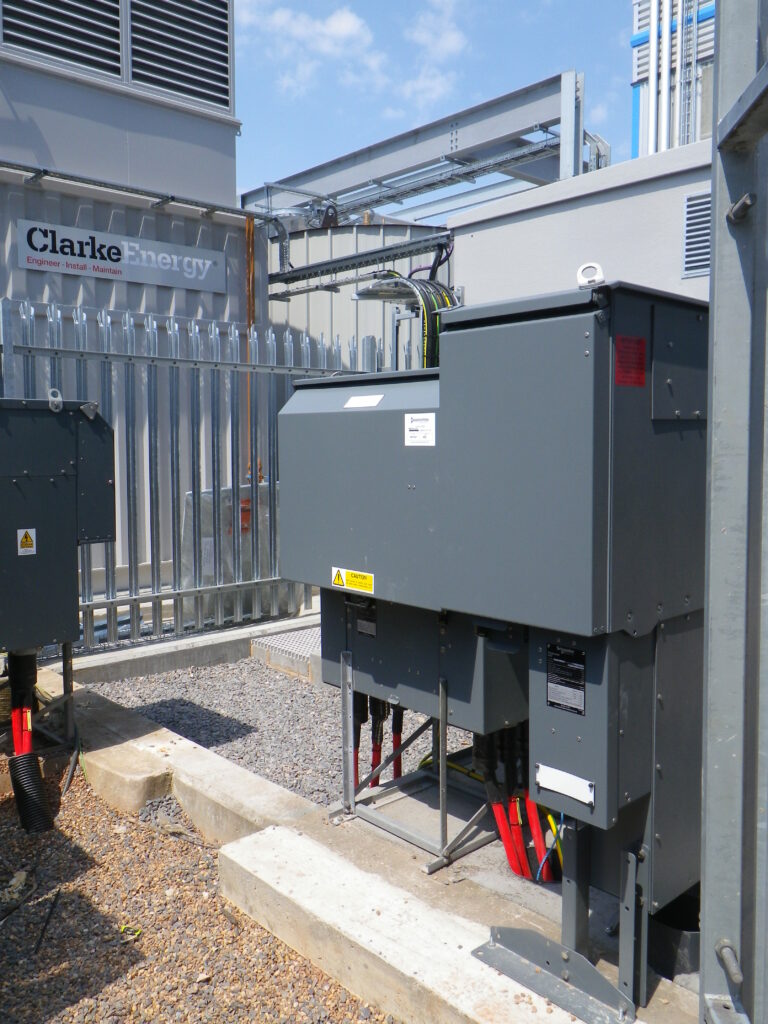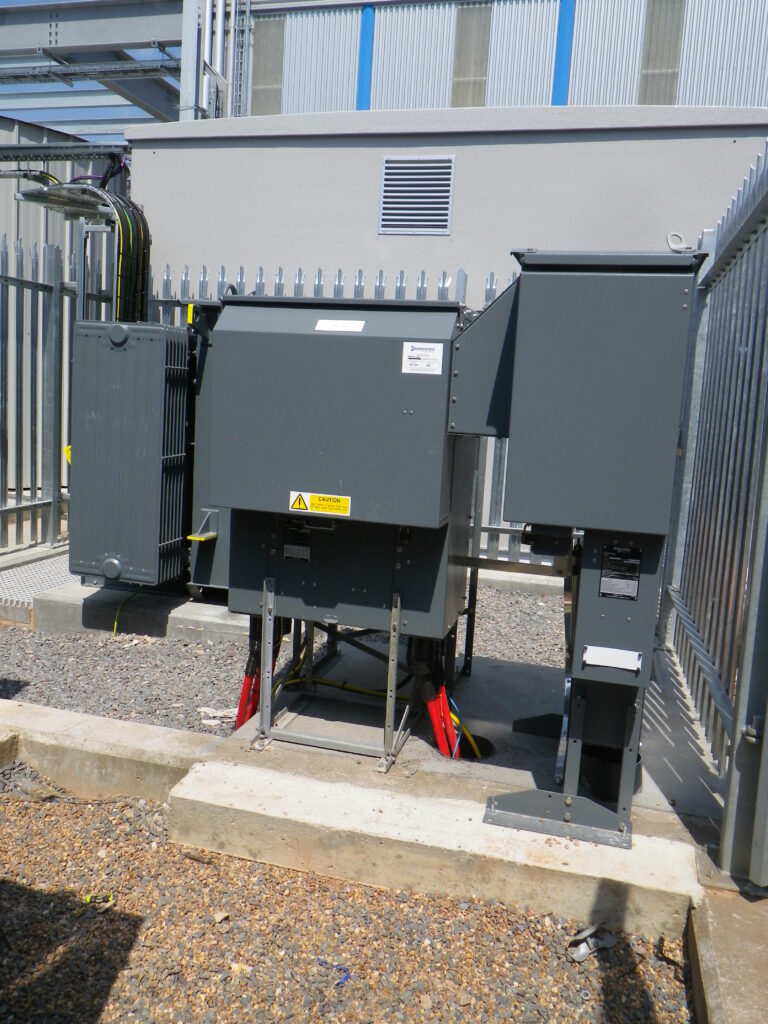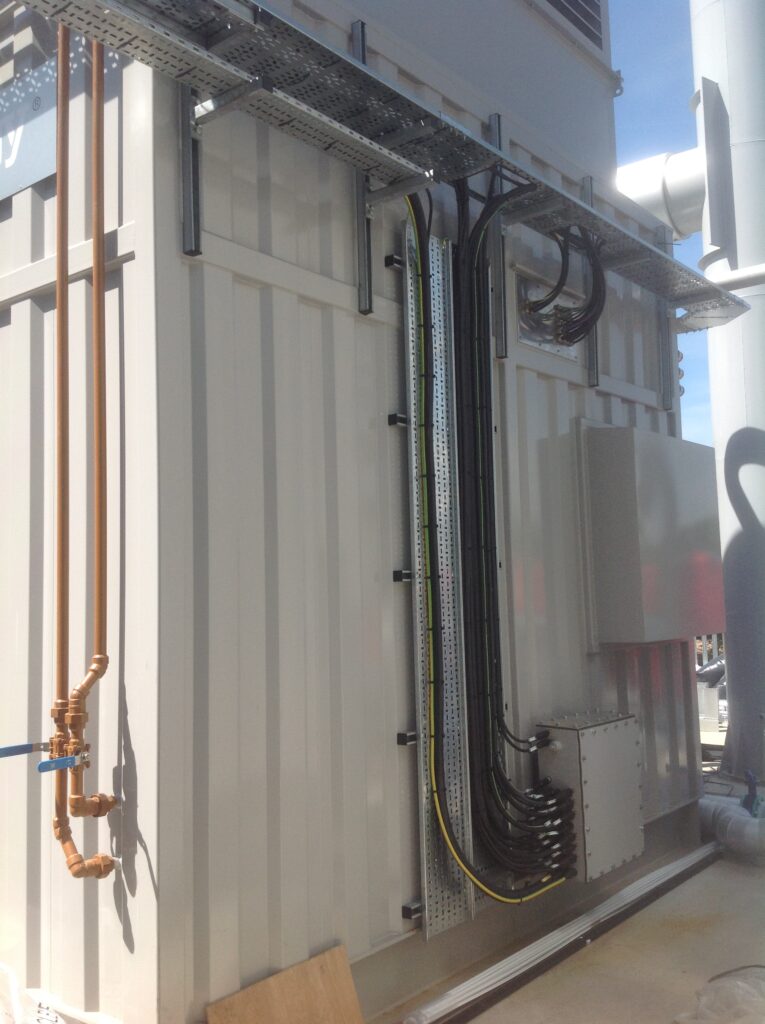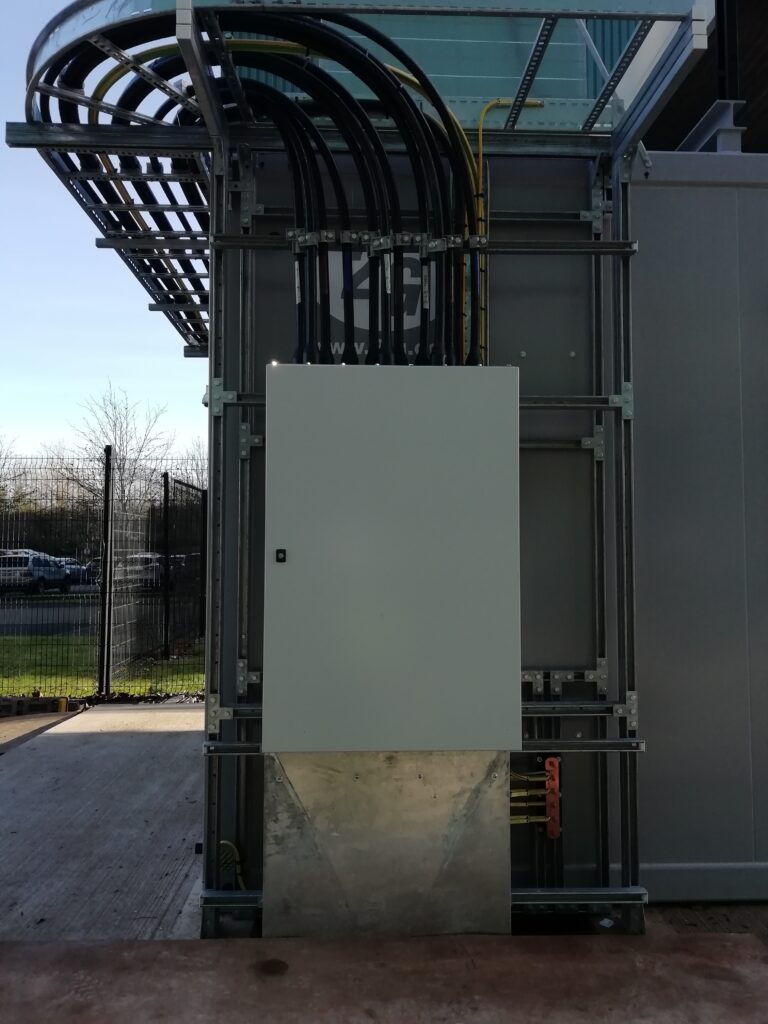Get started, planning your combined heat and power (CHP) project with Powersystems
Building a combined heat and power (CHP) generation plant is a complex undertaking that requires teams of specialists to handle the many aspects of the project—from conception and planning to implementation.
Speak with one of our high voltage electrical engineering CHP Specialists today.














